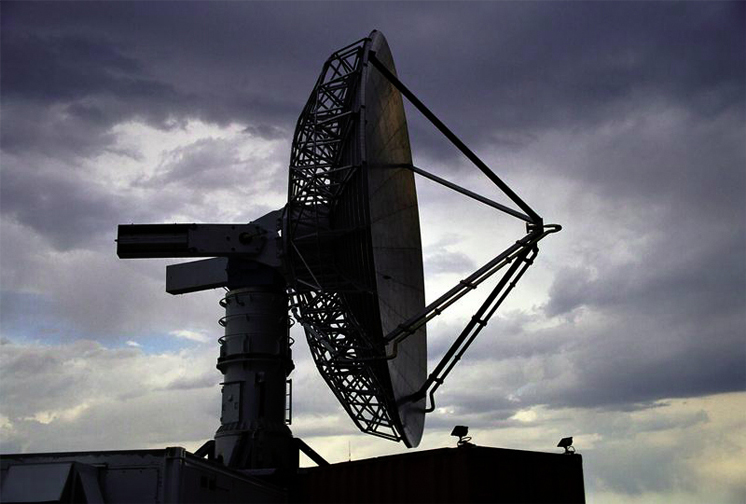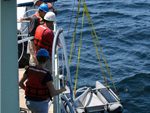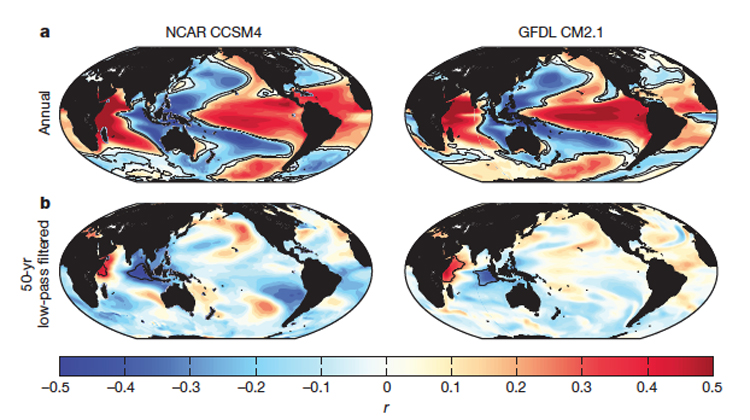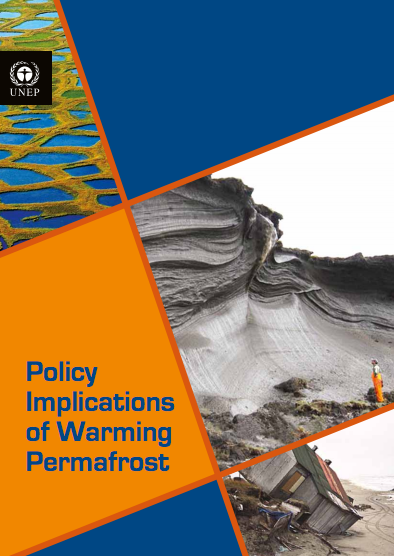A research team funded in part by the Climate Program Office has published a new paper describing the timelines during which we can expect to observe a variety of changes in the oceans due to climate change. The paper, published online August 19, 2019 in Nature Climate Change, is titled “Emergence of anthropogenic signals in the ocean carbon cycle.” Using NOAA’s Earth System Model—a climate model with an interactive carbon cycle—the researchers found that detectible ocean impacts in the context of natural variability play out over a range of time scales, from less than a decade to more than a century. Sarah Schlunegger at Princeton University, Keith B. Rodgers at Pusan National University, and Jorge L. Sarmiento at Princeton, and other co-authors completed the research. John P. Dunne, who leads ocean carbon modeling at NOAA’s Geophysical Fluid Dynamics Laboratory in Princeton, facilitated use of the Earth System Model.
Natural variability is an intrinsic component of the Earth climate system, and it is not attributable to or influenced by any activity related to humans. This variability ranges over many time and space scales and includes phenomena such as weather, El Niño/La Niña, ocean heat waves, multi-year, multi-decade, and even multi-century cycles in temperature, salinity, and biogeochemistry.
In this paper, Schlunegger, Rodgers, Sarmiento, and co-authors scanned for major climate signals distinguishable from natural variability. They found that sea surface temperature, ocean acidification, and the rate at which the ocean removes carbon from the atmosphere have risen during the last three decades to an extent greater than expected due to natural variability alone. Other climate change impacts, such as upper-ocean mixing, nutrient supply, and the cycling of carbon through marine plants and animals, will occur over a longer time-scale—from three decades to more than a century.
The study affirms the need for long-term monitoring of the ocean for climate change impacts. “Our results,” the authors conclude, “highlight the considerable observing system requirements for trend detection, which include a high temporal and spatial resolution and multidecadal length sampling.”





